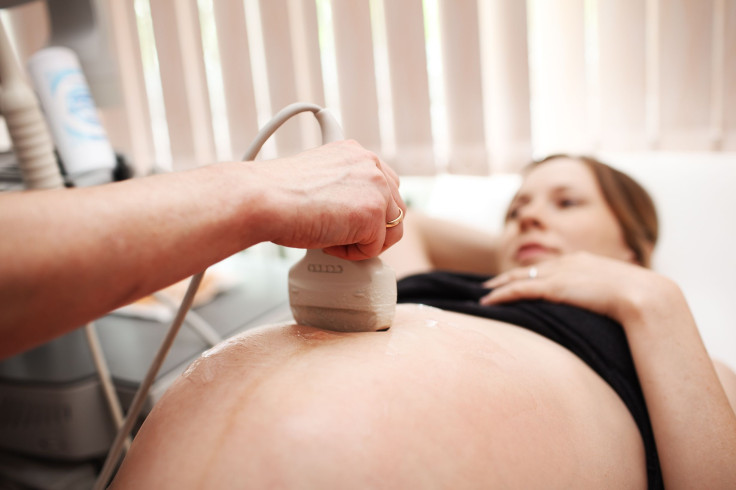C-Section Rates In American Hospitals Are Far Too High, Pose Danger For Mother And Baby

A recent investigation by Consumer Reports has revealed what has long been suspected: American women are having far too many C-sections. There are many speculated reasons thought to contribute to this increase. Doctors urge that the operation should be reserved for emergencies only because it can increase the risk of complications for both mother and baby.
The Investigation
Although C-sections are sometimes needed for the health of the mother or baby, the high rates found throughout the country are vastly higher than what is considered normal. Consumer Reports investigated more than 1,500 hospitals in 22 states, rating the hospitals from lowest to highest C-section rates for women who anticipated low-risk deliveries. This included women who hadn’t had a C-section before, didn’t deliver prematurely, and were pregnant with a single baby, who was positioned properly, the report explained. It covered births between 2009 and 2012.
Based on the investigation, the number of C-sections performed in the U.S is up 500 percent since 1970 and continues to rise. The rates were not restricted to any specific states or areas. Often neighboring hospitals would have dramatically different C-section rates. For example, at the Los Angeles Community Hospital almost 55 percent of pregnant women anticipating low-risk deliveries underwent a C-section. However, at California Medical Center, also located in Los Angeles, the rate of C-sections was only 15 percent.
Health Risks Involved
Having a C-section does not automatically mean better outcomes for mother and baby. It is a major operation. Women who have C-sections take longer to recover from giving birth compared to women who had vaginal deliveries. In women who had a C-section, 19 percent reported pain being a major problem in the two months following the surgery, while only 11 percent of women who gave birth vaginally reported the same. Also, in women who had C-sections, the pain is more likely to last six months or longer.
Although life-threatening complications are rare in births in the United States, low-risk women undergoing their first C-section are three times more likely to suffer serious complications compared to women who give birth vaginally. “C-sections increase the risk of mortality and complications, but we’re just becoming aware of the down stream affect,” Dr. Kent Heyborne, chief of obstetrics at Denver Health Medical Center, explained to Consumer Reports. Based on the information provided by Consumer Reports, C-sections put a mother at a higher risk for developing severe bleeding, blood clots, heart attack, kidney failure, and major infections.
Why are the rates so high?
American women are older and heavier than ever before. This reflects America's current high rates of infant deaths, increasing maternal mortality rates, and the large numbers of C-sections that are being performed. However, the health of the mother is only one of several contributing factors to the high birth rates.
It’s not by chance that in the United States babies are far less likely to be born on days around holidays such as Christmas and Thanksgiving. C-sections are easy to plan and they may be often scheduled to better convenience both the mother and the doctor.
C-sections can also help hospitals earn money, and this may be a reason for their increased popularity. According to Consumer Reports, health insurance companies pay about 50 percent more for C-sections than vaginal births. The Center for Healthcare Quality & Payment Reform estimates that if the number of C-sections in performed in the U.S were halved, about $5 billion would be saved each year in health care spending.
Advice to Expectant Mothers
Before you give birth, it may be a good idea to find out the C-section rate of you hospital. The national average is 18 percent, although Consumer Reports feels that 12.6, the national average in 2000, is a more reasonable guideline to use. Watching your weight and staying fit will seriously reduce your need to have a C-section. Having a mid-wife present can also lower your chances of needing a C-section. “About one-third of our births are managed by mid-wives and that helps keep emphasis on natural birth process,” Main explained to Consumer Reports.
If a C-section is absolutely necessary, then be wise about how early into your pregnancy the operation is planned for. The earlier the delivery, the bigger chances of problems for your baby. Make sure you receive support, both medical and emotional, after your surgery to ensure your speedy recover. This will help you focus on your child rather than your recuperation.



























